Goldman Sachs' junior bankers rebel over '18-hour shifts and low pay'
Younger staff in London follow revolt in US offices over remote-working conditions
Kalyeena Makortoff Banking correspondent
@kalyeena
Wed 24 Mar 2021
The reputation of Goldman Sachs as the most desirable employer for aspiring investment bankers is at stake. Legendary for its pulling power with the best graduates, the bank is now facing a rebellion in its lower ranks.
Junior staff who used to tolerate long working hours thanks to office camaraderie have been forced to manage burnout at home, alone, throughout the pandemic. Some have started demanding change, while others are plotting their exit. What began as a little local trouble at a US office in February has now spread to the UK.
“It used to be either you get paid a lot, and your life is hell, or your life is better and you’re not paid that well,” one London-based banker, hired by Goldman last year, said. “At the moment we have neither.”
The banker, who spoke to the Guardian on the basis of anonymity, said staff were worried about speaking out on issues including 18-hour shifts that left juniors earning less than the living wage, or the number of colleagues on sick leave due to burnout. The employee – who is one of 100 recruits hired to work at Goldman each year – did not want their gender disclosed due to fear of repercussion.
“I knew what I was signing up for at Goldman. But then things changed really quickly with remote working during Covid,” they said.
With the Fleet Street head office closed, some colleagues moved home, while the banker, in their early 20s, was left to work out of a three-bed flat shared with two other roommates in London.
Goldman chief executive David Solomon has acknowledged the vast pandemic workload. While an investment banking boom helped push profits up 135% to $4.5bn (£3.8bn) in the fourth quarter of 2020, it has taken a toll on staff.
“There are three to six people on sick leave for burnout per team in London at all times. It’s actually pretty rough,” the London banker said. Some juniors are regularly working until 4-5am, and occasionally through to morning. “I’ve spoken to some analysts that have lost nearly 1 or 2 stone in one year just because they don’t have time to cook.”
Solomon was forced to address similar complaints laid out in a leaked presentation by 13 aggrieved first-year Goldman bankers this week, who complained that long hours, and abuse from co-workers had created “inhumane” working conditions.
The complaints, which date from February, indicate that Goldman is still grappling with the high-pressure culture that was exposed when 22-year-old Goldman analyst Sarvshreshth Gupta took his own life in 2015. Gupta was found dead after complaining of toiling 100 hours a week and throughout the night.
Inquiries suggest Goldman is not just overworking a small group of US hires, but that the problem is widespread and affecting junior bankers overseas.
In a company-wide message on Monday, Solomon pledged the bank would ramp up efforts to hire more junior bankers, transfer staff to stretched teams and strengthen enforcement of a no-work-on-Saturday rule. “We are not asking for crazy stuff, just for the existing rules to be enforced,” the London banker said.
Banks such as Goldman Sachs are able to demand long hours by adding a clause to contracts that opt staff out of 48-hour working week rules.
“Some days you don’t shower,” the London banker said. “Same with eating … You just don’t have time to say ‘Oh hey I need to go shopping for groceries and then cook’,” they said.
“We are supposed to work “whatever the business requires” but these requirements have kept increasing and we have no control on our hours. Senior employees can choose to pass on a deal if they don’t have the bandwidth, but we are just obeying orders,” the banker said.
To its credit, Goldman Sachs has tried to offer some remote perks, such as yoga or mental health webinars. “But you don’t even have time to sleep. So how would you have time to login for one hour on Zoom?” the banker said.
First-year bankers are weighing up the costs. Starting on a base salary of roughly £50,000, analysts who regularly work 18-hour shifts, six days a week, will earn roughly £8.90 an hour before tax – less than the £10.85 living wage for London – unless they last until bonus season.
“If you don’t get your bonus, you’ll get paid less by the hour than a McDonald’s employee. And everyone knows about that, but it also increases the pressure, in the sense that people are scared of voicing concerns, myself included,” they said.
The banker said a number of analysts had quit halfway through their second-year – refusing to wait for their bonus. “They said, ‘It’s not worth it. I’d rather have time off and then start to work where I’ll be paid more, than suffer like hell.’”
Meanwhile, Goldman has left bankers footing the bill for their own home-working equipment – including computers, screens, phone, chairs and desks – during the pandemic.
Staff have also been stripped of meal perks that allowed them to expense up to £20 a day when working overtime – and £60 on Sundays – since they left the office. “Juniors tried pushing for evening meals to be covered as used to be in the office but the firm didn’t reply. This has a huge impact as it amounts to 20% of net salary,” they said.
The banker claimed Goldman was aware it could pay workers less, and replace them quickly, thanks to the power of its own brand and prestige. “That’s the really perverse thing about it. Goldman keeps saying the real force of Goldman is its people. And if that was the case, they’d treat the people better,” they said.
The bank did not deny that staff had been overworked, but said in a statement: “We are actively engaging with our managers to ensure that everyone in their teams, including junior staff members, has the support they need given the high-levels of client activity and ongoing challenges of working from home.”
Goldman Sachs boss responds to leaked report into 'inhumane' working hours
David Solomon says he takes survey in which junior analysts claimed damage to physical and mental health very seriously

Kalyeena Makortoff Banking correspondent
@kalyeena
Mon 22 Mar 2021
Goldman Sachs’s chief executive, David Solomon, has broken his silence over a report by some of its junior bankers that claimed staff were facing “inhumane” working conditions, saying he took the complaints “very seriously”.
In a recorded message sent to the bank’s 34,000 staff across the world on Sunday night, Solomon said the Wall Street firm was taking further action to address issues raised in the leaked presentation last week.
The slides, which were created by a small group of newly hired investment banking analysts in the US, said they were working 100-hour weeks and facing abuse from colleagues that was severely affecting their mental and physical health
“I can imagine that many of you saw the presentation that a group of analysts shared with their management recently about their lack of work-life balance,” the chief executive said, according to a transcript seen by the Guardian. “This is something that our leadership team and I take very seriously.”
The complaints suggested bankers at Goldman are still struggling with the long hours and high-pressure culture that was exposed when 22-year-old Goldman analyst Sarvshreshth Gupta took his own life in 2015. Gupta was found dead after complaining of working 100 hours a week and working all night.
Solomon said junior staff were facing “a new set of challenges” due to remote working, acknowledging that some staff felt they had to be connected 24/7. “This is not easy, and we’re working hard to make it better.”
The banking boss is famously opposed to home working, having called it an aberration that must be corrected as soon as possible.
Solomon, who was previously head of Goldman’s investment banking division, said the lender was responding to complaints by strengthening enforcement of a no work on Saturday rule, ramping up efforts to hire new junior bankers and transferring staff internally to help teams that were stretched. “We’re also being more selective about business opportunities that we pursue, and we’re working to automate certain tasks in our business,” he added.
Despite fears that the 13 junior bankers may have faced repercussions for raising their concerns – which were first brought to managers before they started circulating on Twitter last week – Solomon said he encouraged staff to speak up.
“In this case, it’s great that this group of analysts went to their management. We want a workplace where people can share concerns freely. So we want to encourage all of you to take the opportunity to speak with your management. If there are any issues, do not hesitate to reach out to ask for help,” the message said.
However, he cheered the fact that Goldman was attracting enough business to keep its investment bankers so busy. “In the months ahead, there are times when we’re going to feel more stretched than others, but just remember: If we all go an extra mile for our client, even when we feel that we’re reaching our limit, it can really make a difference in our performance.”



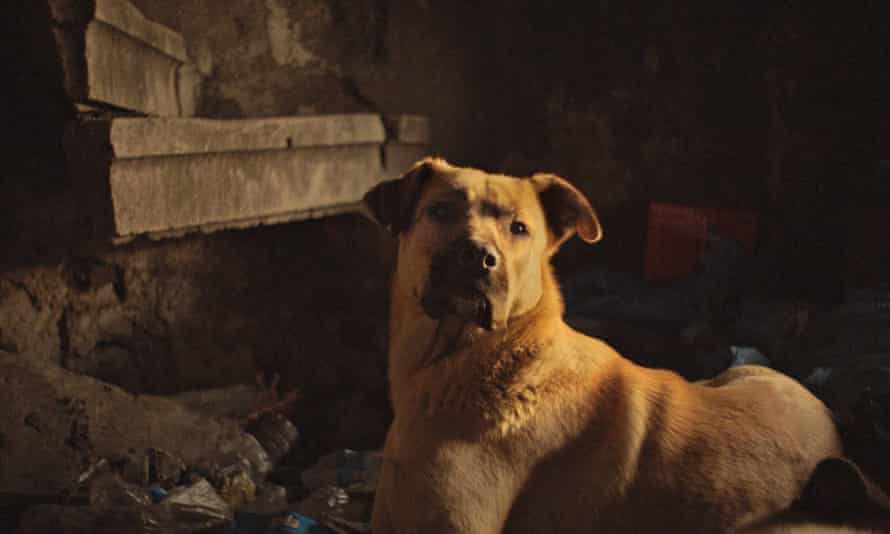
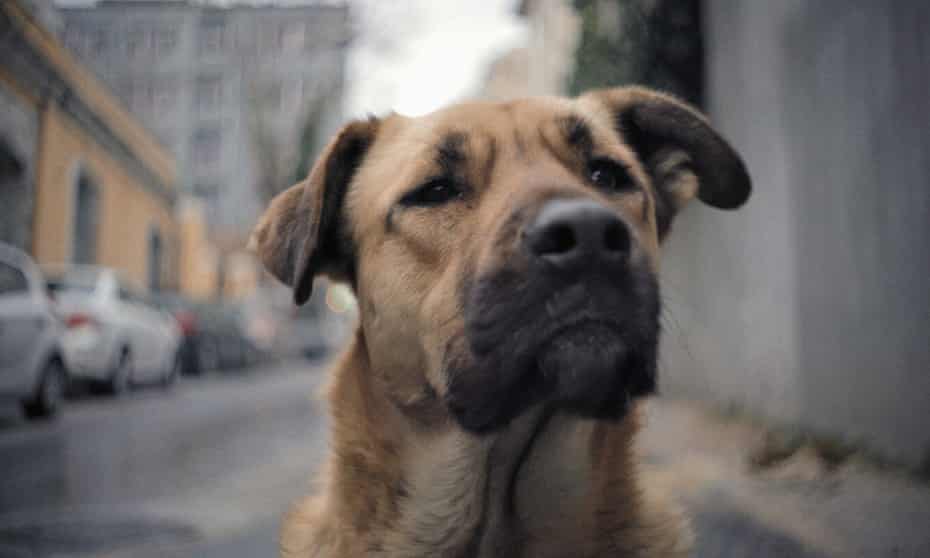

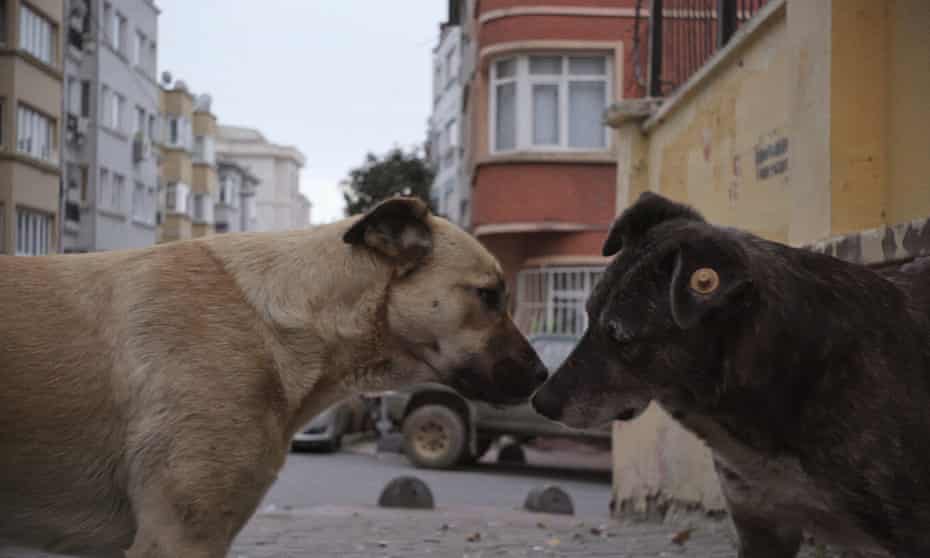




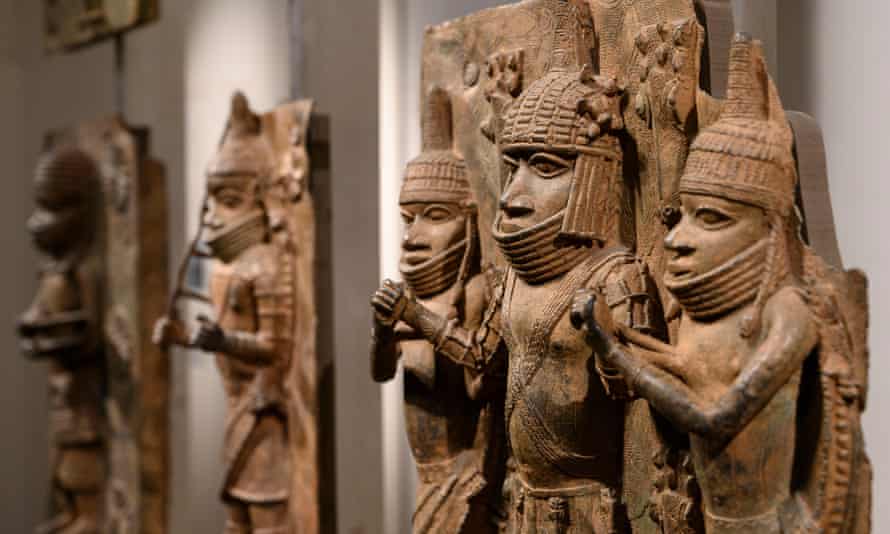
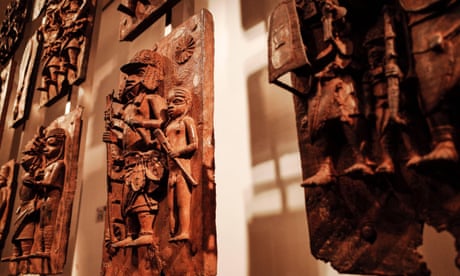
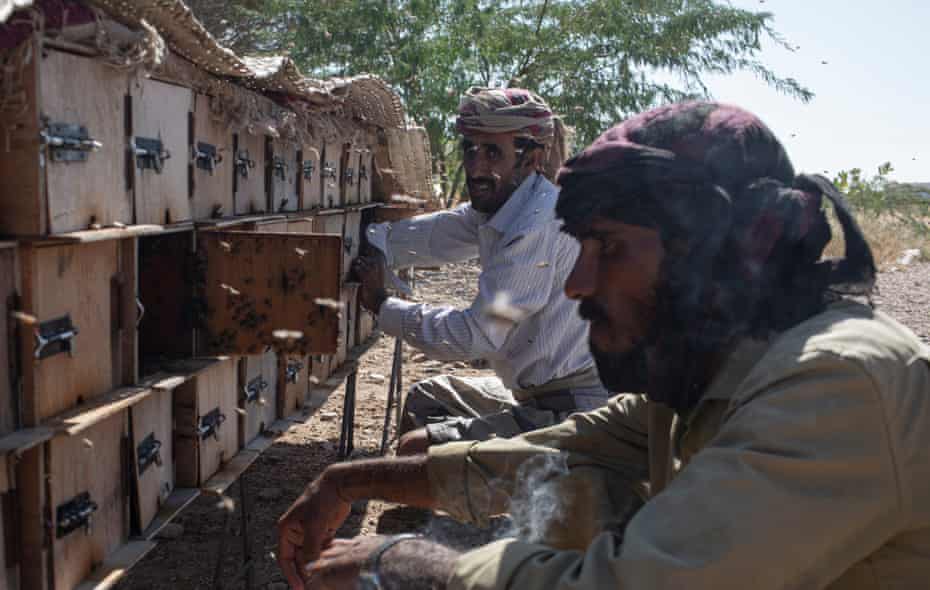
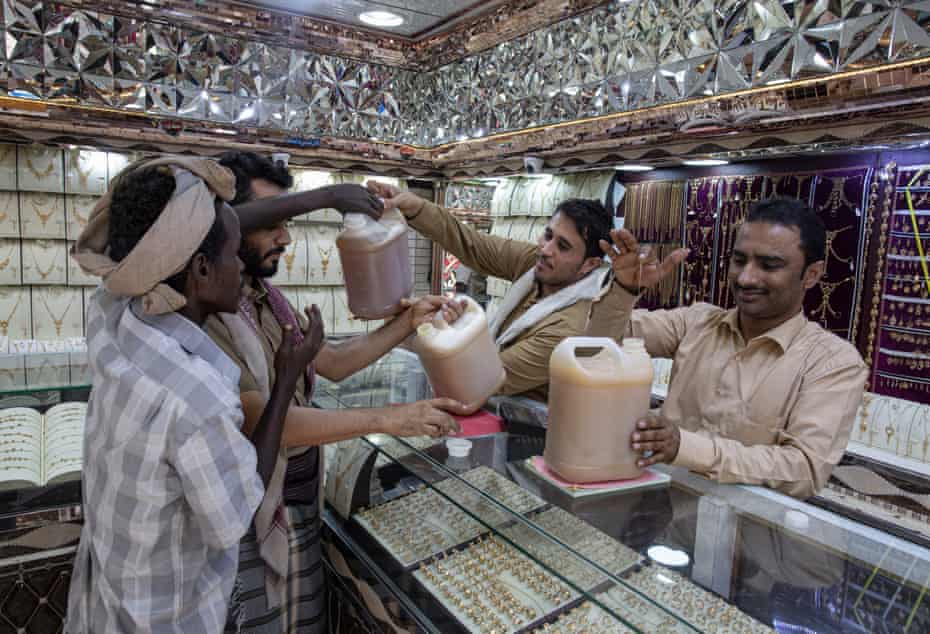
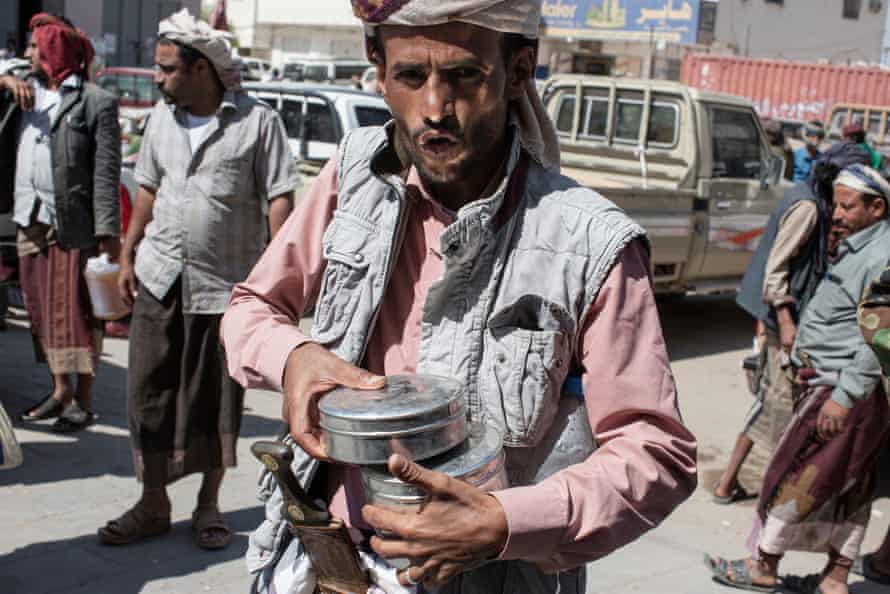
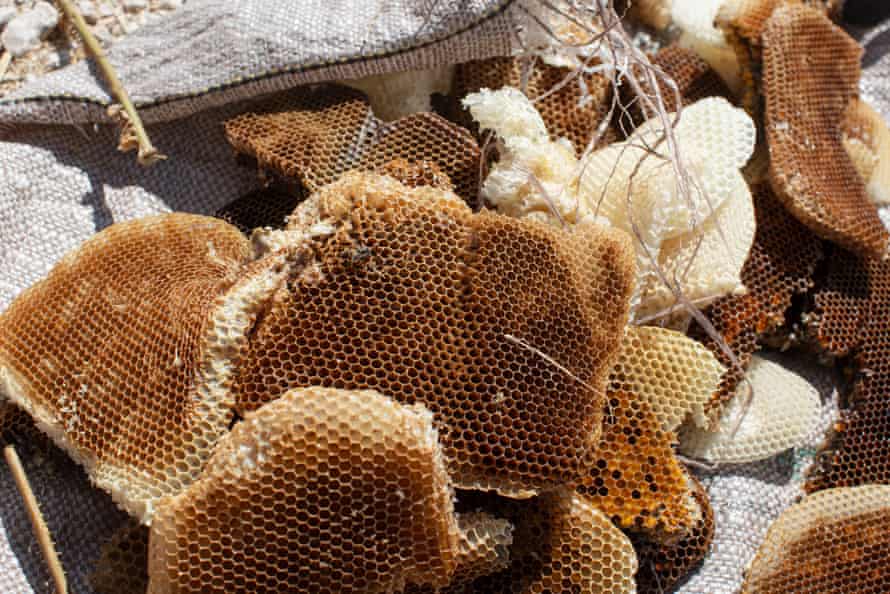
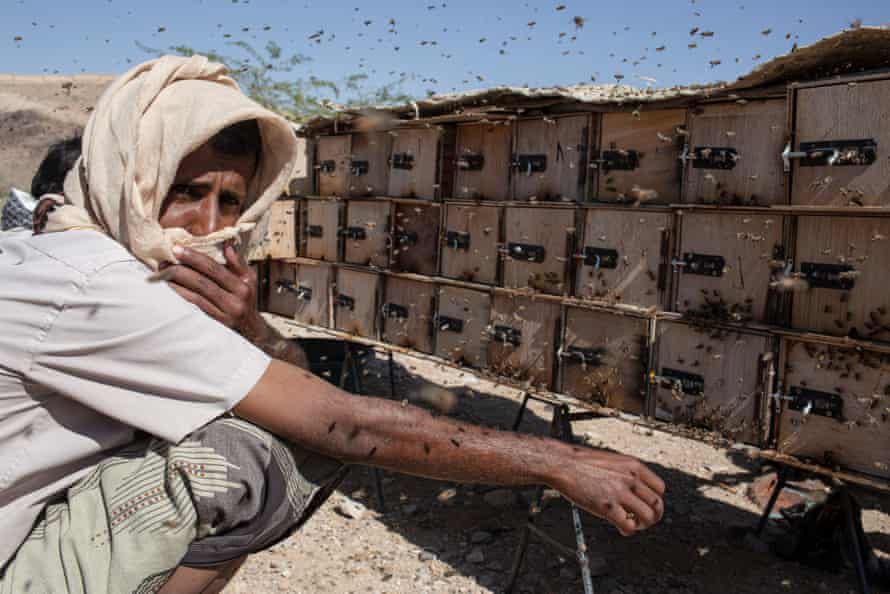
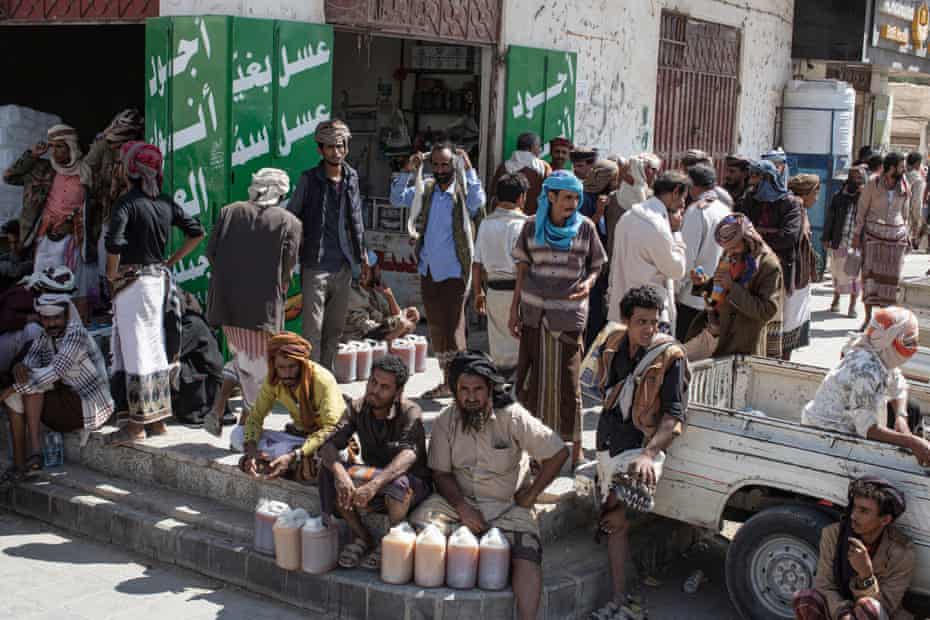
 Otherworldly ... That Cloud Never Left
Otherworldly ... That Cloud Never Left